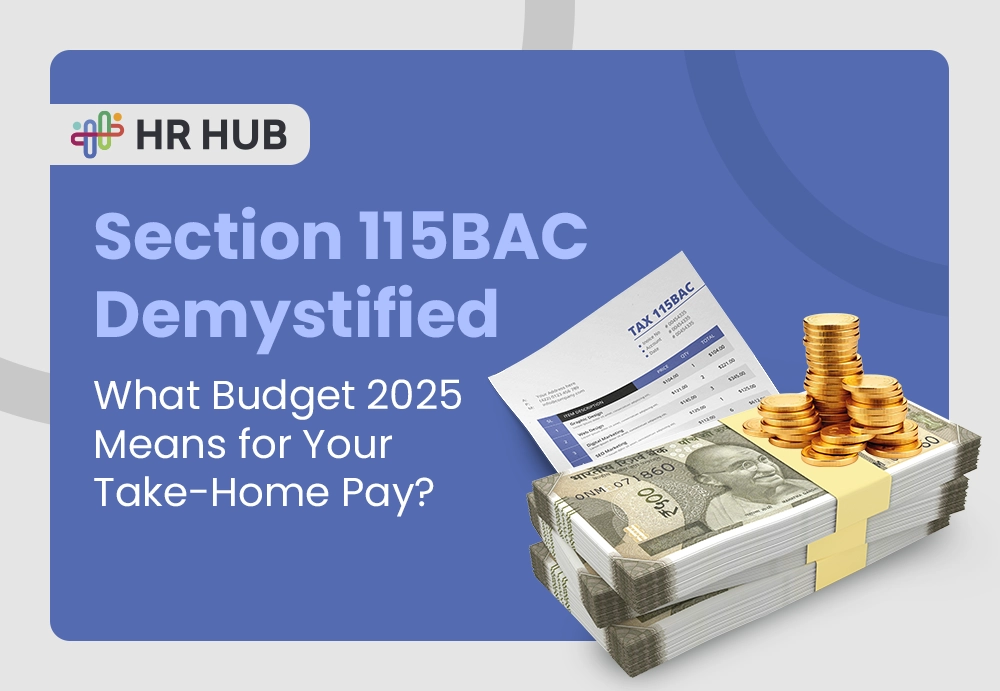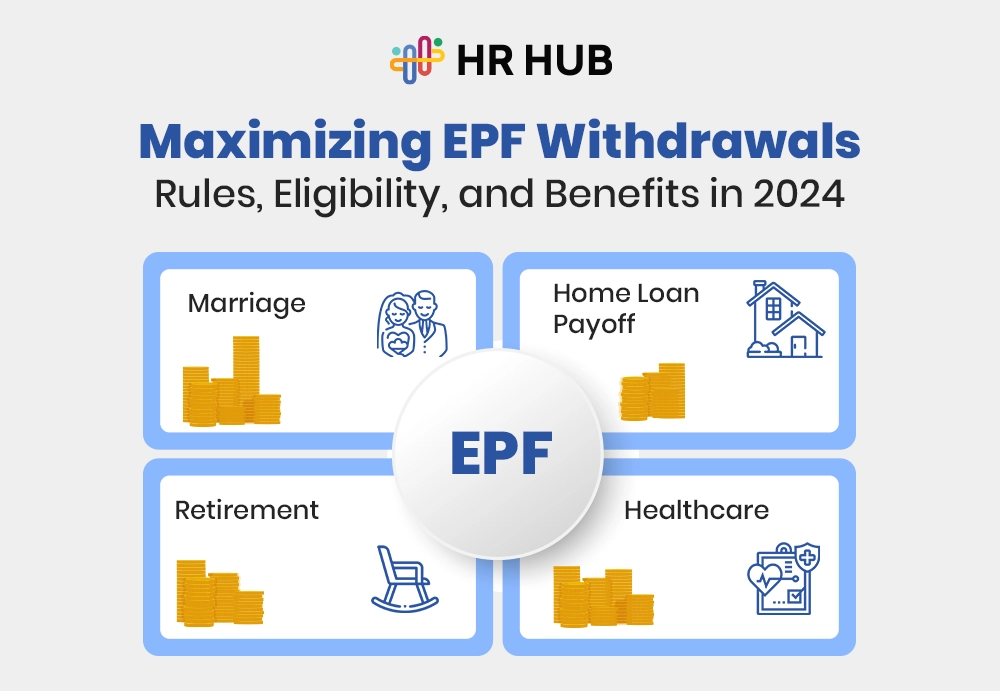In the complex field of human resources, crafting Key Result Areas (KRAs) and Key Performance Indicators (KPIs) that resonate and motivate can be a formidable task.
How can you create KRAs that drive performance and foster employee engagement and satisfaction?
This blog delves into essential strategies to refine your performance management tactics, enabling optimal alignment and efficacy within your organization.
6 Key Tips For Managers to Set KRAs and Goals
It’s time to explore the 6 essential tips managers need to take care of while setting the KRAs and goals.
1. Define Specific Objectives
The specificity of your KRAs and goals determines their effectiveness.
For example, rather than setting a vague goal such as "improve customer service," specify the goal to "reduce customer complaint response time from 24 hours to 12 hours within three months."
This precision eliminates confusion and sets a clear direction for your team. Incorporate specific metrics that relate directly to broader business outcomes to ensure each team member understands their role in achieving these targets.
2. Establish Measurable Metrics
For KRAs and KPIs to be impactful, they must be quantifiable.
Select metrics that accurately reflect performance and progress. For example, metrics like "increase production throughput by 20% by Q4" should be considered to enhance operational efficiency.
By defining measurable outcomes, you provide a tangible method for assessing success and areas for improvement, which is crucial for Kra's performance monitoring.
3. Ensure Achievability
While ambition is important, goals must be realistic to motivate effectively.
Assess the resources and capabilities at your disposal before setting targets. For instance, if a sales increase is desired, ensure the sales team has the support and resources to achieve a 15% growth rate.
This approach helps maintain morale and drives your team towards feasible victories, considering what is kra for employee satisfaction and growth.
4. Relevance is Key
Each KRA should align with the organization's strategic goals to ensure relevance.
If your company aims to expand into new markets, tailor the KRAs to focus on market research, customer profiling in new regions, and tailored marketing strategies.
This connection between individual objectives and the company's mission enhances employee engagement and underlines the significance of every team member’s contributions.
5. Time-Bound Commitments
Goals should have a clear timeline to maximize efficiency and urgency.
For instance, setting a goal to "launch a new product by the end of Q2" provides a specific timeframe which helps in planning and resource allocation.
Time constraints should be realistic, allowing enough time for employees to achieve their goals without undue pressure.
6. Continuous Feedback and Adaptation
Dynamic business environments require flexible goal setting.
Regularly review and adjust KRAs and KPIs based on the business landscape and employee feedback. This adaptability keeps goals relevant and demonstrates a commitment to continuous improvement and personal development within your team.
Master The Performance With The Best Solution
Effective KRA and goal setting drive organizational success and employee fulfillment.
By implementing these detailed strategies, you can ensure that your team is aligned with the company's strategic goals and motivated and equipped to achieve them.
Platforms like HR HUB facilitate these processes, offering advanced tools that aid in performance management, tracking, and analysis. Embrace the capabilities of HR HUB and elevate your HR practices to a level where strategy and employee performance converge for maximum impact.






